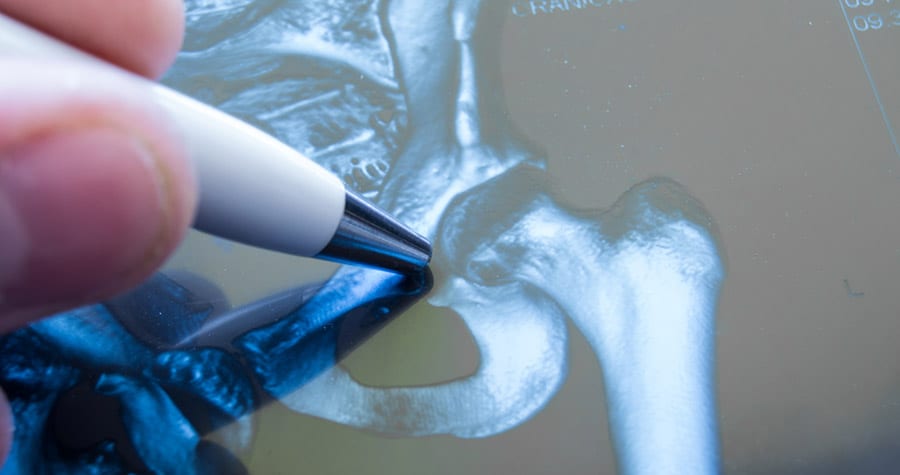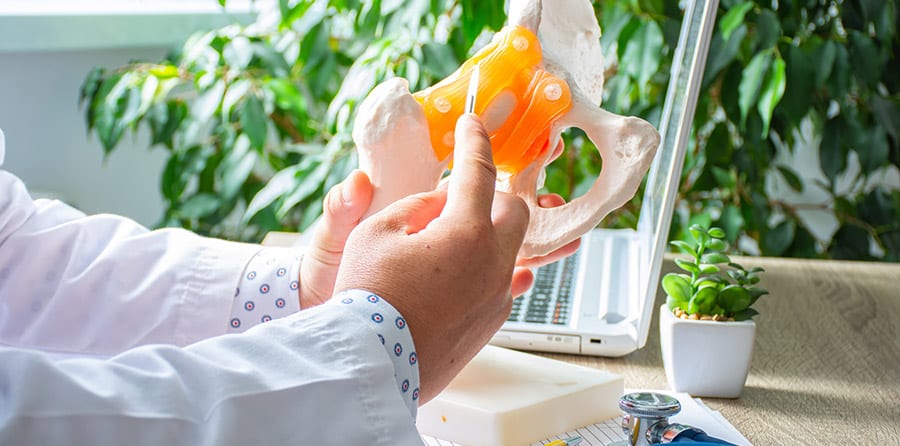
Common Orthopedic Problems in Kids
As your child grows and develops, you may notice things about their movement or growth that concerns you. In many cases, these things are temporary and occur as your child is beginning to walk, or are otherwise not requiring treatment. In other cases, there are real orthopedic issues at play. Although there are many different orthopedic concerns that affect children, here are some of the most common:
Flat Feet
Children are born with flat feet, and the arches develop later—around the toddler years. However, it is possible for the arches to never fully develop as they should. This condition is not usually a problem unless it causes severe pain. If your child experiences pain from flat feet, his or her orthopedic doctor might suggest arch supports or custom orthotics to help relieve pain. In very rare cases, surgery is needed.
Toe Walking
This is another orthopedic condition that is common among children as they are learning to walk. Most children stop toe walking around the age of three years. If your child continues to constantly toe walk after the age of three years, treatment might be necessary. The practice has been linked to conditions such as nervous system problems and muscle weakness disorders. Sometimes, physical therapy sessions are all that are needed to help your child stop toe walking.
Pigeon Toes
Also called intoeing, pigeon toes are characterized with the feet turning inward while walking. In children over the age of three years, this can be caused by things like femoral anteversion or internal tibial torsion—both conditions which affect the bones of the leg. Usually, pigeon toes go away on their own as kids grow and develop more coordination and muscle control.
Cerebral Palsy
A disorder, cerebral pals is characterized by damage in parts of the brain that control coordination and movement. This condition usually develops during pregnancy or at birth. Early symptoms include trouble meeting milestones like sitting up, crawling, or walking. Physical therapy, braces, medication, and other methods are used to help children move about and complete daily activities. Surgery to lengthen muscles may be performed in serious cases.






